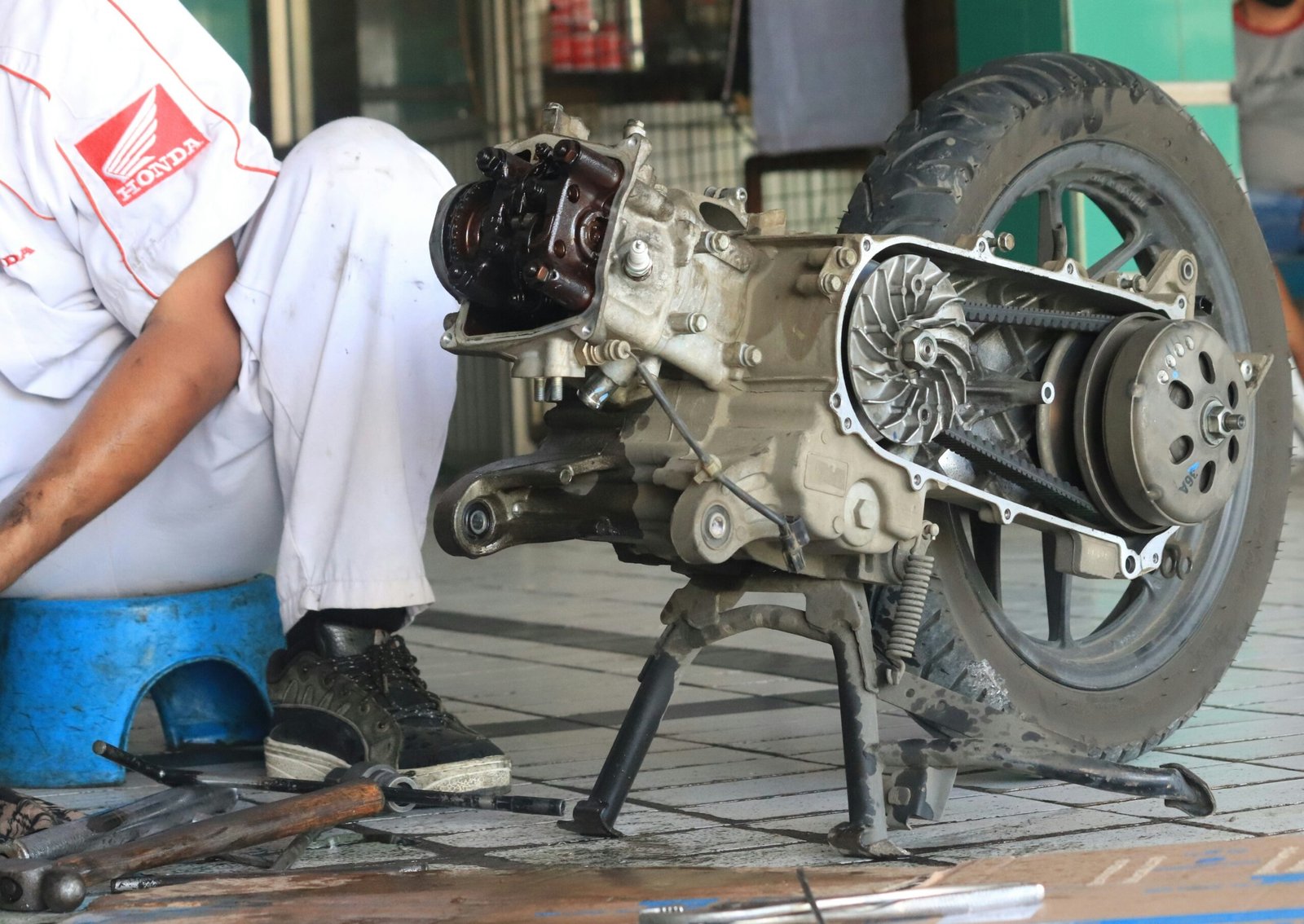Regular maintenance is essential to keep your motorcycle running smoothly and performing at its best. One crucial aspect of maintenance is lubrication. Proper lubrication not only ensures the longevity of your motorcycle’s components but also enhances its overall performance. In this article, we will discuss how to use lubricant to improve your motorcycle’s performance.
Choose the Right Lubricant
Before applying any lubricant to your motorcycle, it is essential to select the right type for your specific needs. There are various lubricants available, such as engine oil, chain lube, and grease. Each lubricant serves a different purpose and is designed for specific motorcycle parts.
For the engine, it is crucial to use high-quality engine oil that meets the manufacturer’s specifications. Engine oil lubricates the internal components, reducing friction and heat, and ensuring smooth operation. Refer to your motorcycle’s manual to determine the recommended oil viscosity and change intervals.
When it comes to the chain, a dedicated chain lube is the best choice. Chain lube is specifically formulated to penetrate the chain’s links, providing lubrication while also preventing rust and corrosion. It is important to clean the chain thoroughly before applying the lubricant to ensure optimal performance.
For other moving parts, such as bearings and pivot points, grease is the preferred lubricant. Grease provides long-lasting lubrication and helps protect against water and dirt ingress. Make sure to choose a grease that is compatible with your motorcycle’s components and apply it sparingly to avoid excessive buildup.
Proper Application Techniques
Once you have selected the appropriate lubricant, it is time to apply it to your motorcycle. Here are some essential tips for proper lubricant application:
1. Clean the Surfaces
Before applying any lubricant, ensure that the surfaces are clean and free of dirt, debris, and old lubricant residue. Use a mild detergent or a specialized cleaner to remove any buildup. This step is crucial as it allows the lubricant to adhere properly and provide optimal lubrication.
2. Follow Manufacturer’s Guidelines
Always refer to the manufacturer’s guidelines and recommendations for lubricant application. The manual will provide specific instructions on where and how to apply the lubricant for maximum effectiveness. Following these guidelines will help you avoid over-lubrication or applying the lubricant to the wrong areas.
3. Apply in the Right Amount
Applying the lubricant in the right amount is crucial. Too little lubricant may not provide adequate protection, while too much can attract dirt and cause buildup. Follow the manufacturer’s recommendations regarding the appropriate quantity and apply it evenly to the intended surfaces.
4. Regular Maintenance
Lubrication is not a one-time task. It is essential to establish a regular maintenance routine to keep your motorcycle properly lubricated. Regularly inspect the lubricated components and reapply the lubricant as needed. Keep track of the recommended maintenance intervals and adhere to them for optimal performance.
Benefits of Proper Lubrication
Proper lubrication offers several benefits for your motorcycle’s performance:
1. Reduced Friction and Wear
Effective lubrication reduces friction between moving parts, minimizing wear and extending the lifespan of your motorcycle’s components. This results in smoother operation and improved performance.
2. Heat Dissipation
Lubricants help dissipate heat generated by the engine and other moving parts. By reducing heat buildup, lubrication prevents overheating and potential damage to critical components.
3. Corrosion and Rust Prevention
Applying the appropriate lubricant to susceptible areas, such as the chain, helps prevent corrosion and rust. This ensures the longevity and optimal functioning of these components.
4. Enhanced Fuel Efficiency
Proper lubrication reduces friction and improves overall efficiency, resulting in better fuel economy. Regular lubrication maintenance can contribute to cost savings in the long run.
In conclusion, using the right lubricant and applying it correctly is essential for maintaining your motorcycle’s performance. Regular lubrication not only extends the lifespan of your motorcycle’s components but also enhances its overall efficiency and smooth operation. Follow the manufacturer’s guidelines, establish a regular maintenance routine, and enjoy the benefits of a well-lubricated motorcycle.

